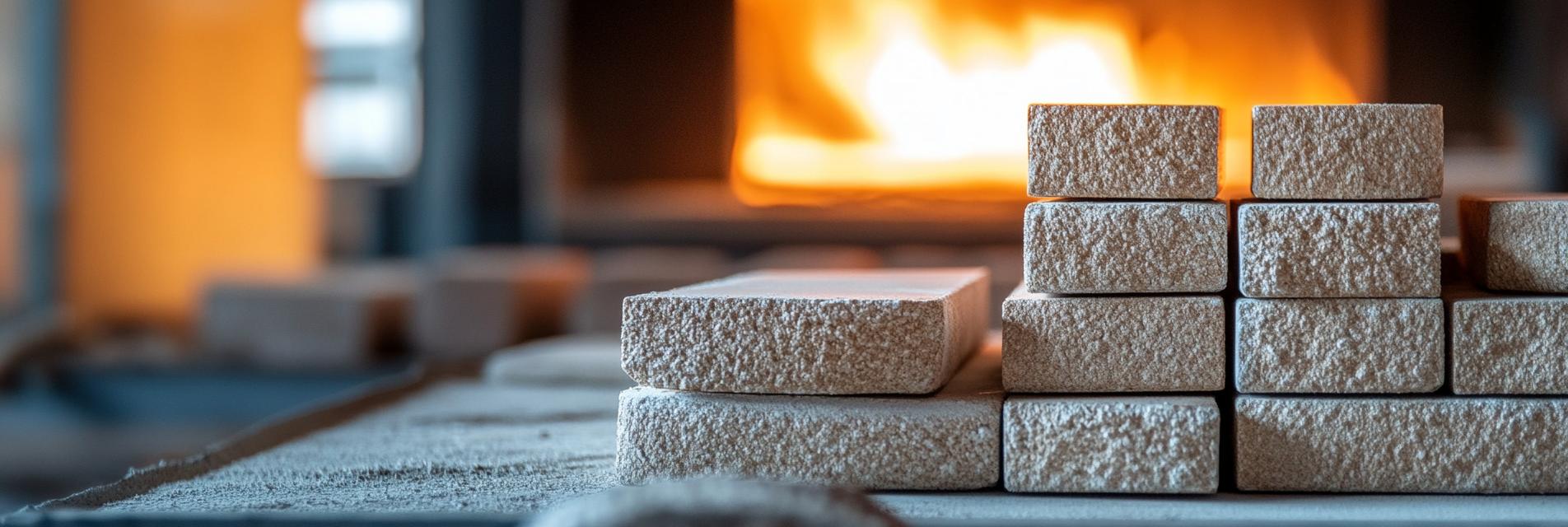
In the glass melting industry, traditional refractory bricks have long been plagued by issues such as poor corrosion resistance and low high - temperature stability. These problems not only lead to frequent replacement of refractory bricks, increasing production costs, but also affect the quality and efficiency of glass production. However, the emergence of Ty - H fused β - alumina block refractory bricks has brought a new dawn to the glass melting field.
Designed specifically for glass melting, Ty - H refractory bricks have unique features. In terms of corrosion resistance, laboratory tests show that compared with traditional refractory bricks, Ty - H refractory bricks can reduce the corrosion rate by up to 60% in the highly corrosive glass melting environment. This is mainly due to its special chemical composition and dense internal structure, which can effectively resist the erosion of molten glass and various chemical substances. For example, in a glass production line with a daily output of 500 tons, traditional refractory bricks need to be replaced every 6 months on average, while Ty - H refractory bricks can be used for more than 18 months, greatly reducing the frequency of replacement and maintenance costs.

High - temperature stability is another outstanding advantage of Ty - H refractory bricks. They can maintain stable physical and chemical properties at temperatures up to 1600°C, ensuring the normal operation of the glass melting process. In contrast, traditional refractory bricks often experience deformation, cracking, and other problems at high temperatures, which affect the uniformity of glass melting and the quality of the final product. According to statistics, using Ty - H refractory bricks can improve the high - temperature stability of the glass melting furnace by about 30%, and the defect rate of glass products can be reduced from 8% to 3%.
Let's take a real - world customer case as an example. A large - scale glass manufacturing enterprise used traditional refractory bricks in the past, with an annual glass production of about 150,000 tons and a product defect rate of about 7%. After replacing with Ty - H fused β - alumina block refractory bricks, the annual production increased to 180,000 tons, an increase of 20%. At the same time, the product defect rate dropped to 3%, which not only improved the production efficiency but also enhanced the product quality. The following table shows the comparison of production data before and after using Ty - H refractory bricks:
| Indicators | Before Using Ty - H | After Using Ty - H |
|---|---|---|
| Annual Production (tons) | 150,000 | 180,000 |
| Product Defect Rate | 7% | 3% |
Looking at the development trend of the glass melting industry, there is an increasing demand for high - quality, high - efficiency refractory materials. Ty - H fused β - alumina block refractory bricks, with their excellent corrosion resistance and high - temperature stability, are fully in line with this development trend. They are not only an innovation in the glass melting field but also provide new impetus for glass manufacturing enterprises.
.jpg)
If you are still troubled by the problems of traditional refractory bricks in your glass production process, it's time to make a change. Ty - H fused β - alumina block refractory bricks can bring you a more efficient and stable glass production experience. Don't miss this opportunity to enhance your production efficiency and product quality. Contact us now to learn more about this revolutionary product and take the first step towards a more prosperous future in glass production!


